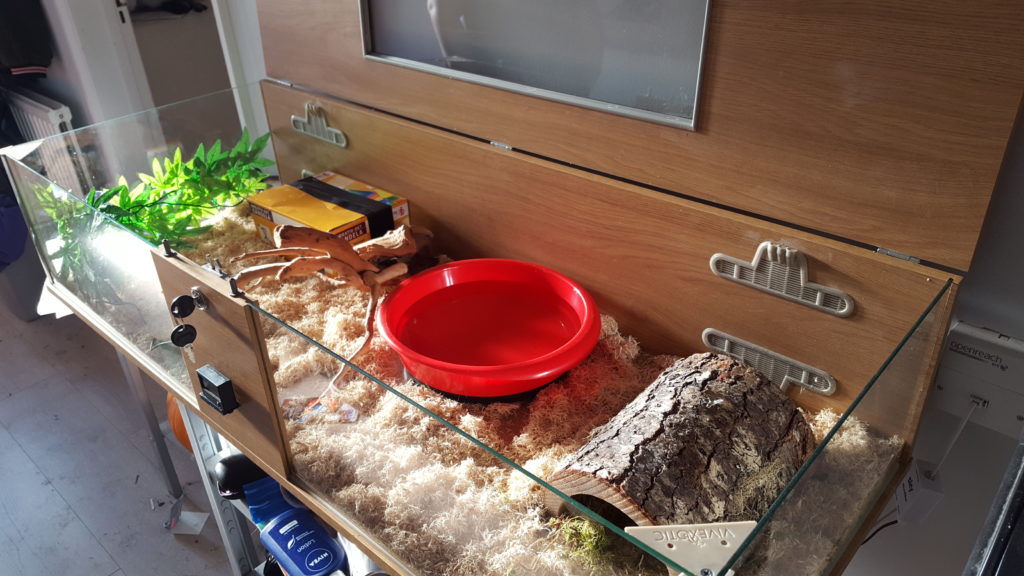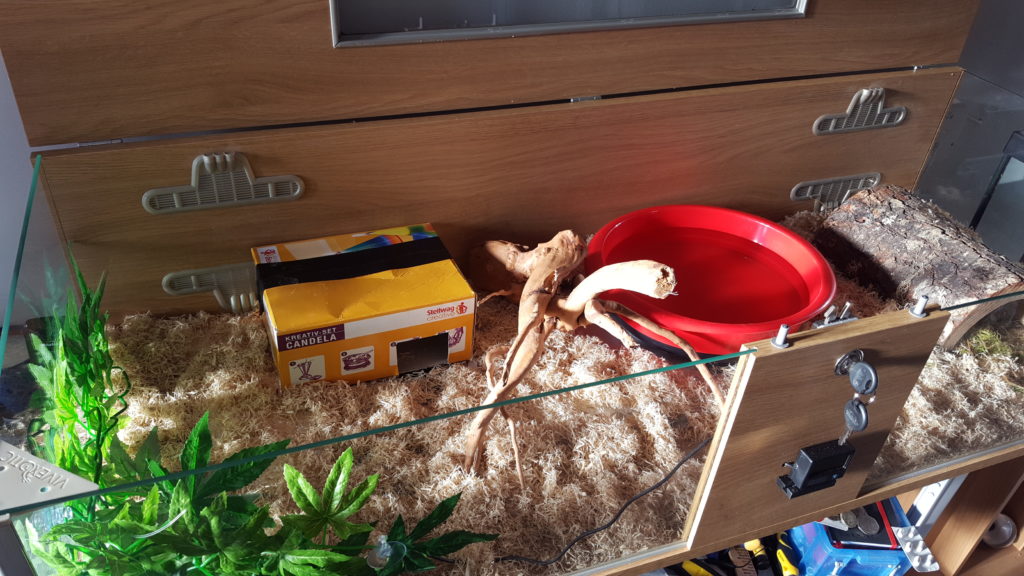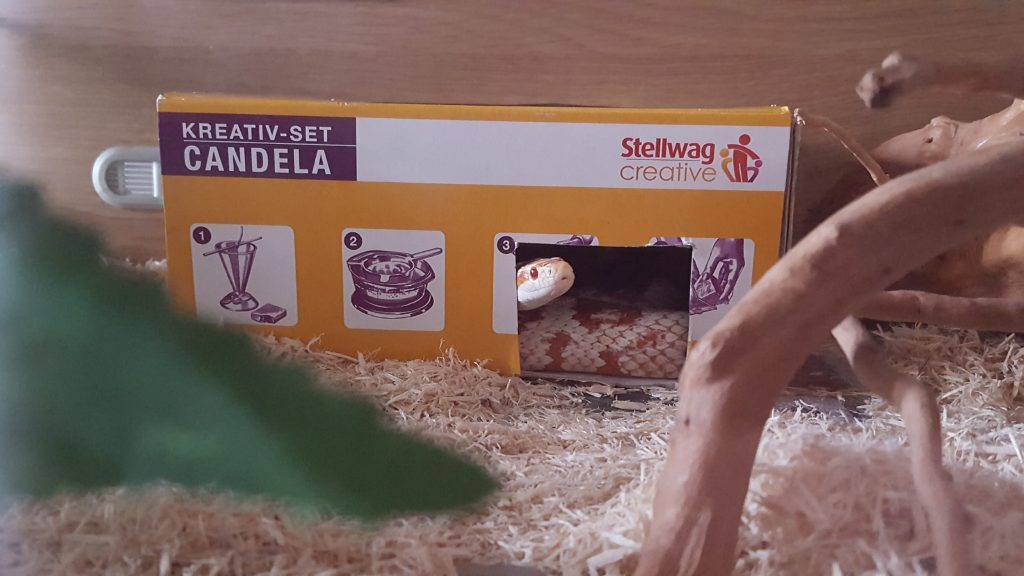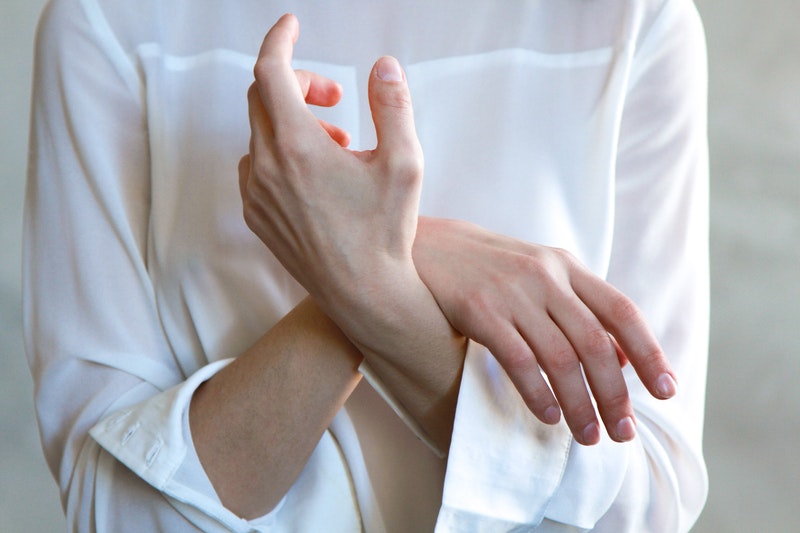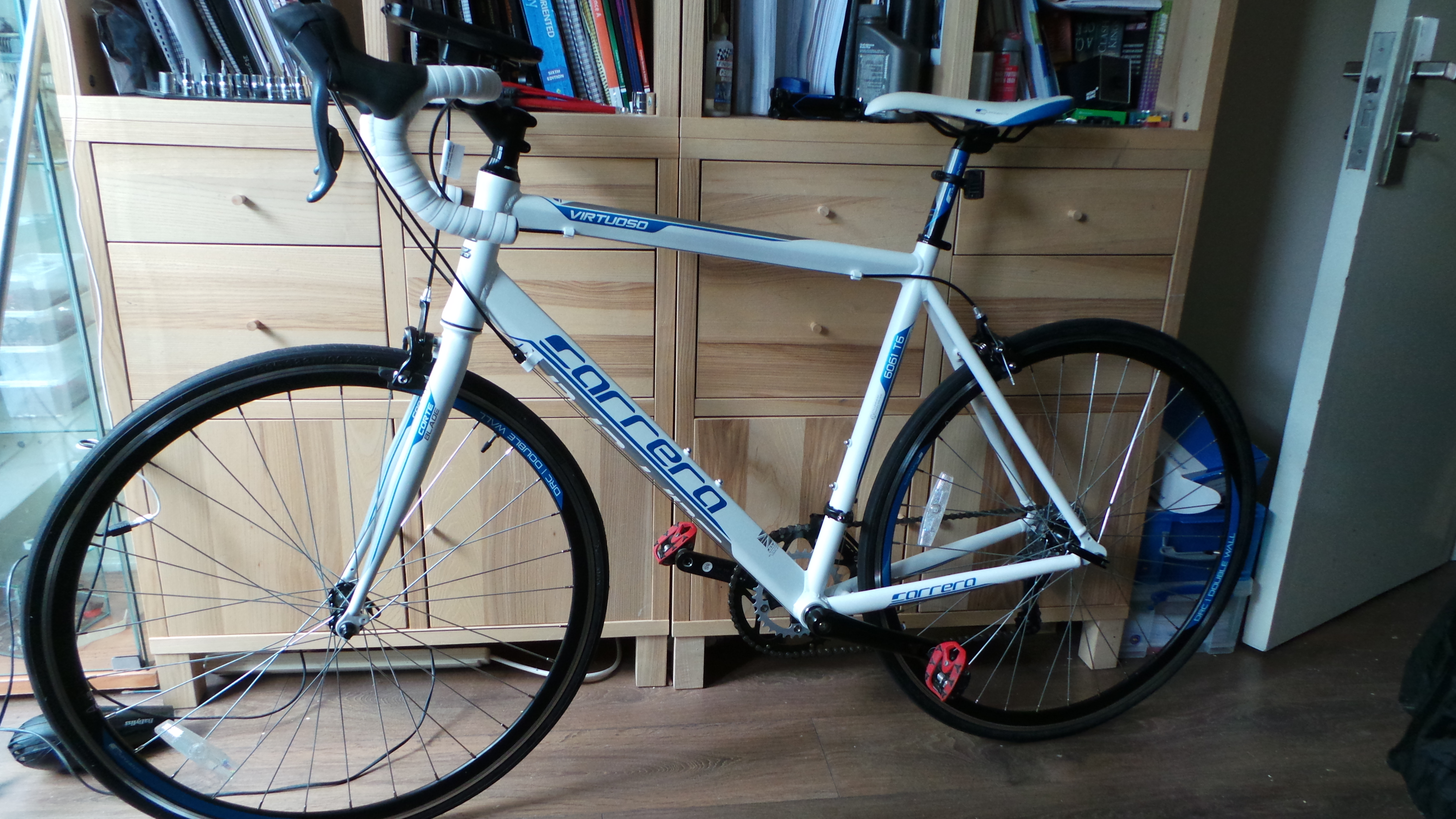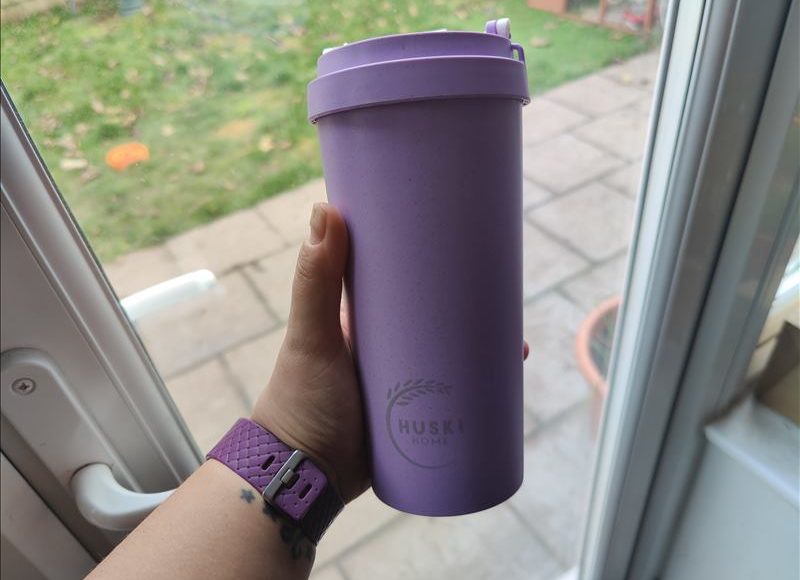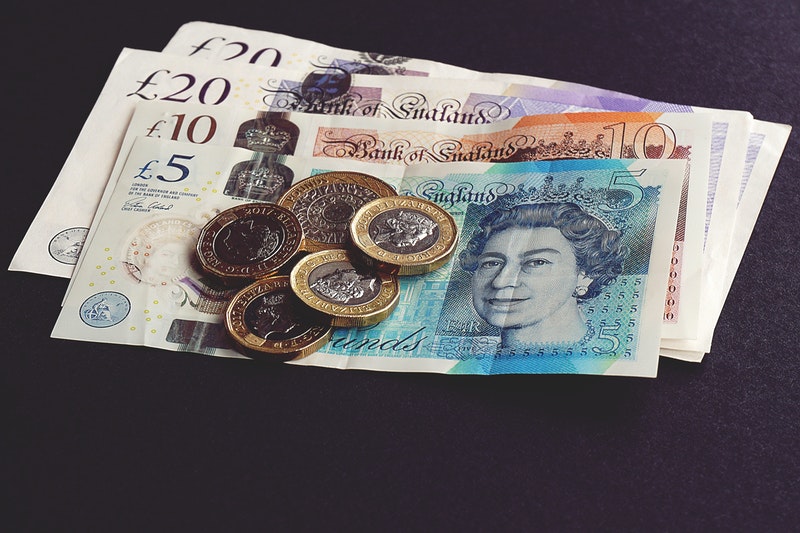How to set up a vivarium for a corn snake
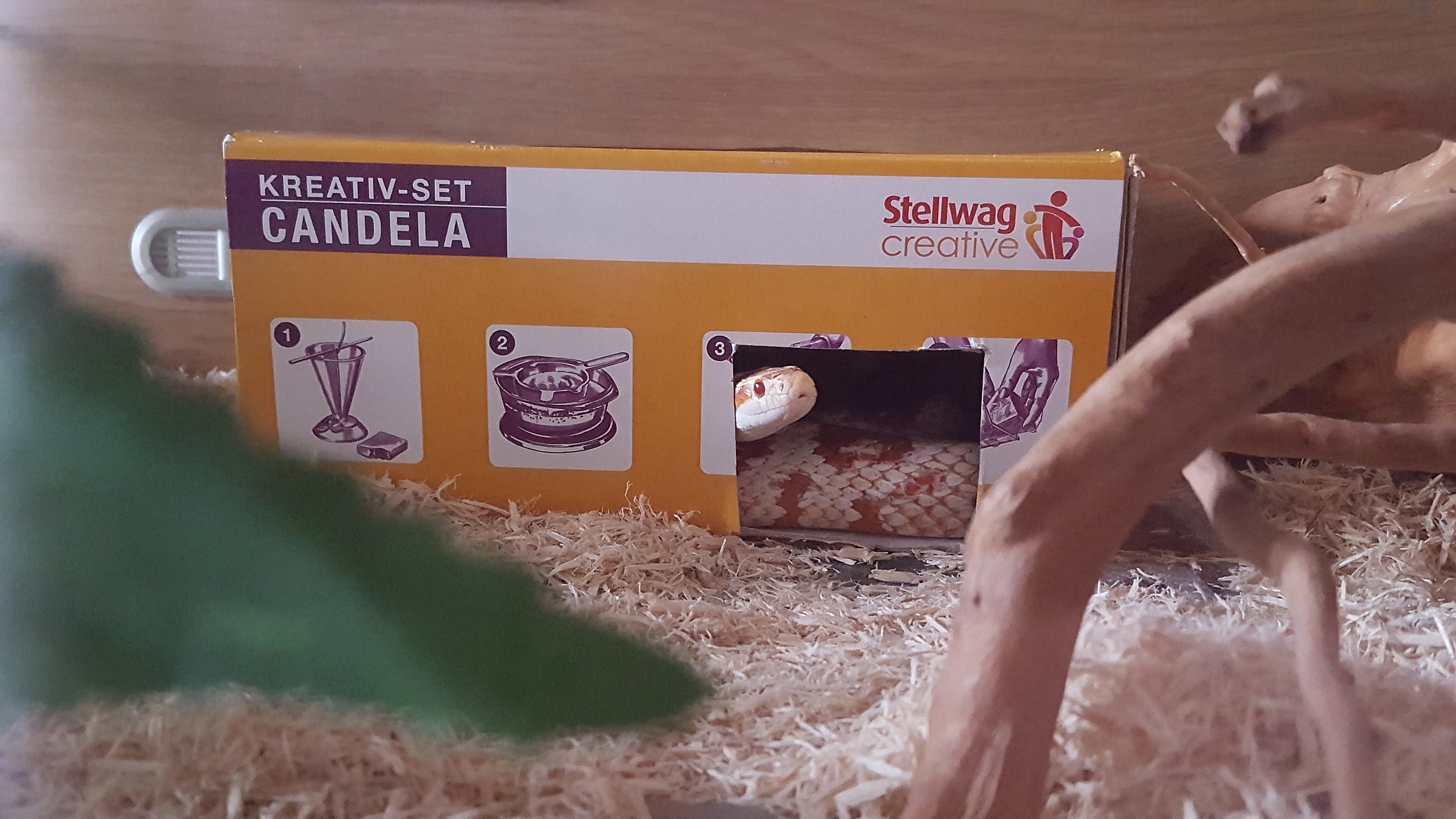
I was first introduced to a corn snake when I met my husband who had a beautiful one called Severus, over 8 years ago. Since then we have had a number of different snakes in our lives including garter snakes, a milk snake and a king snake. Now we have two: my husband’s dwarf boa and my new corn snake Asa – who is a stunning candy cane variety.
Generally, snakes are relatively low maintenance pets but they do have a few requirements when it comes to where they live. Here is my guide to setting up a vivarium for a corn snake.
Vivarium
Vivariums come in all sorts of shapes and sizes, so there are plenty of options available to fit in with your home. The general guide for choosing a vivarium of the correct size is to take into consideration the length of the snake and try and match it so that if the snake wanted to stretch out fully, it could. The width and height should be roughly a third of their length. A fully grown corn snake should require a 25-gallon vivarium.
When choosing a vivarium it is important to consider the type of snake you will be housing; arboreal snakes like boas and pythons will prefer a taller space where they can climb whereas land-based snakes, such as corn snakes who can be found in overgrown fields and forest openings, prefer a vivarium with a larger footprint with more space to move around horizontally.
Corn Snakes are excellent escape artists, so it is important to make sure your vivarium has a tight fitting lid which is not easily pushed open from the inside; Corn snakes are very strong and can push a loose fitting lid from a vivarium!
It is important to mention that you shouldn’t buy a large vivarium for a small snake, even if that snake will grow to 5-6 feet in length. Small snakes are stressed if they have too big a space to live in, so always buy something suited to the size of the snake in the present, not for the future.
Substrate
A vivarium floor should be covered with a loose substrate which provides a layer between the snake and the bottom of the vivarium. It acts as bedding, a surface to slither over and poop in etc. Getting the right substrate is important to the health and well-being of your snake, common materials include Aspen wood shavings or newspaper.
Some snakes need greater humidity so be sure to research what is best for your breed. Never use pine or cedar shavings as they give off fumes which are harmful to snakes, or corn husks which can irritate them. Corn snakes like to burrow so providing a decent layer which they can dig into adds enrichment and gives them somewhere to hide should they feel worried.
Temperature
Snakes are cold blooded and are unable to regulate their temperature. They get heat from their surroundings and move between warmer and cooler spots to keep at the right temperature. It is important to replicate this natural thermo-regulation in your snake’s enclosure.
You can do this by having a hot area and a cool area in the vivarium. Place a heat lamp or heat mat at one end of the vivarium which will heat up to the required 28-30 degrees celsius for a basking area. The end furthest away from the heat source will be the cooler end which should be around 20 to 40 degrees celsius. It is always a good idea to have a thermometer set up so you can make sure that your snake is comfortable.
Hides
In the wild snakes would have sheltered bolt holes to go to in order to be safe from predators, as well as having somewhere to relax in. It is important to replicate this in your vivarium as snakes can become stressed and unhappy if they are unable to feel safe and secure.
You can buy hides from pet shops which are designed to look good in a vivarium as well as offer a cosy hiding place however, this does usually come at a cost! Making your own snake hides at home is quick, easy and much cheaper; try a cardboard box, a toilet roll tube or a upturned plant pot. The hide should be just large enough for your Corn Snake to curl up comfortably.
It is important that you give your snake space to hide in both the warm and cool sections.
Water
It is important to provide your corn snake with fresh water to drink, ideally changing it daily. Use a generously sized and weighted bowl as small bowls can be easy to tip up. Snakes do like to submerge themselves in water so try and use a bowl big enough for your snake to curl up in, should it fancy a dip!
Humidity is important to help snakes shed their skin as they grow, having a large bowl where the snake can soak in can help avoid problems with shedding which can cause injury to the snake. You can also lightly mist the tank with water to help raise the humidity.
Climbing
Although corn snakes are usually found at ground level, they can climb and often enjoy having the option to do so in their vivarium. You can add enrichment to the vivarium by adding branches, rocks, stones and plastic plants which your snake can explore.
It is important to properly clean any items that you pick up from outside and want to put in with your snake. Soak in a chlorine/water solution, rinse thoroughly and soak in clean water before drying naturally. Some live plants can be harmful to snakes, so make sure you check before putting them in your vivarium.
